 Dianne Durante’s “Outdoor Monuments of Manhattan” (OMOM) is a rarity: a book that evaluates art from Ayn Rand’s philosophy of aesthetics — the principles of which she peppers throughout — that highlights Manhattan’s relatively unexplored outdoor sculptures-statues, and that illustrates why they are worthy of such study.
Dianne Durante’s “Outdoor Monuments of Manhattan” (OMOM) is a rarity: a book that evaluates art from Ayn Rand’s philosophy of aesthetics — the principles of which she peppers throughout — that highlights Manhattan’s relatively unexplored outdoor sculptures-statues, and that illustrates why they are worthy of such study.In conveying how art is a “selective re-creation of reality” that projects an artist’s fundamental view of existence, Durante in OMOM focuses on the details of some 50-plus monuments and compares and contrasts many of them. “An important part of learning to enjoy art is learning to focus on it for a substantial amount of time, and figure out the effect of the details,” she writes.
A chapter exemplary of her method is “Continents,” a monument at the United States Customs House featuring four female subjects representing Asia, Africa, Europe and America. “[America’s] left arm protectively encircles the man at her side, and she draws her cape forward to shelter him,” Durante writes. “This man is a startling contrast to those who accompany Asia. He’s strong, healthy, energetic, alert.” By contrast, she writes, “Asia includes details representing misery, tyranny, oppression, bloodthirstiness, drugged stupor, refusal to look at reality, and evil.” And with virtually each scrutinized monument, Durante adds up the details into a general theme.
Durante also ties together a monument’s details with other relevancies such as the implications of its local and the historical, biographical and other assorted information about the artist and his subject. Among her best evaluations is of “Charging Bull.” From the monument’s location in Manhattan’s financial district, to the artist’s stated purpose for creating the statue after the 1987 stock market crash, to the bull’s gleaming bronze color and twisting, aggressive posture, she concludes that it represents the “energy, strength, and unpredictability of the stock market.”
One monument Durante studies that Ayn Rand fans will find particularly interesting is “Atlas” at Rockefeller Center. While acknowledging that for many Objectivists this monument symbolizes Rand’s heroic vision of man, she nonetheless evaluates its details — e.g., the bulky muscularity and disproportionate head — and writes that these imply muscles are more important than the mind and they hold up the world.
At its best, OMOM allows readers to observe an Objectivist’s evaluative and theme-capturing thinking methods of many handsome, overlooked works of art. If you seek to develop your ability to objectively evaluate, understand and appreciate art, this book is a must buy.
http://tinyurl.com/3y2628
Please post a comment about this column. For private comments, email Joseph Kellard at Theainet1@optonline.net.
Copyright © 2007 Joseph Kellard

























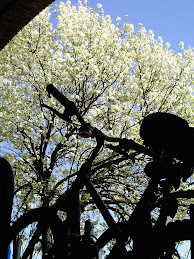



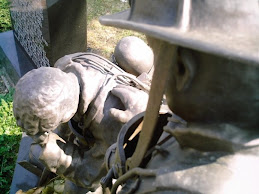
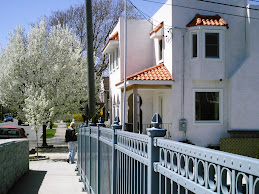
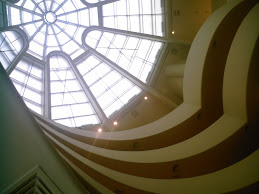+-+June+2009.jpg)


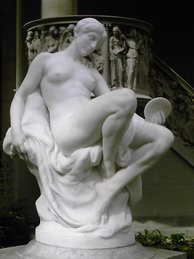


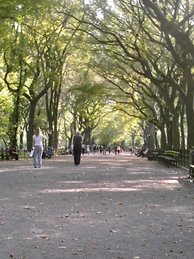


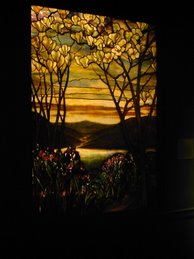


No comments:
Post a Comment